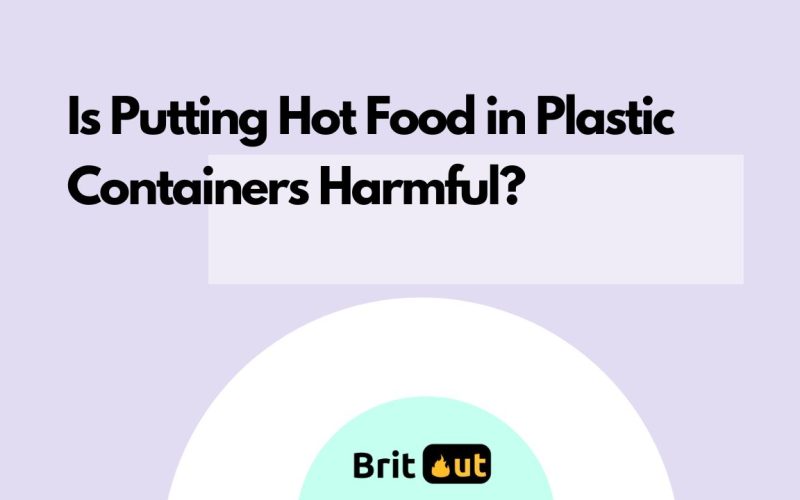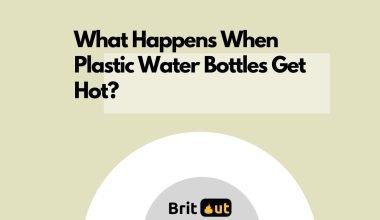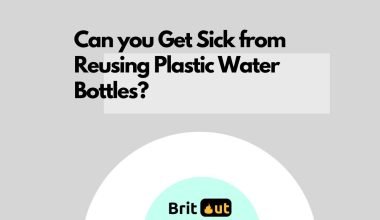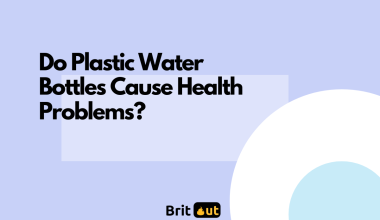The convenience of plastic containers is undeniable. From storing leftovers to packing a lunch, they’re our go-to solution. But have you ever paused to consider the potential risks of placing hot food directly into these containers?
Let’s cover these in this article…
Is Putting Hot Food in Plastic Containers Harmful?
Plastic containers are undeniably convenient.
We’ve all been there – you’ve just prepared a delicious, steaming meal, but you’ve cooked a bit too much. Time to pull out the plastic containers, right?
Here’s the deal: Not all plastics are created equal.
Some plastic containers are perfectly safe to use with hot food, while others… not so much.
You see, certain types of plastic can potentially release harmful chemicals when they’re exposed to high temperatures. These chemicals, like Bisphenol A (BPA) and phthalates, have been linked to a range of health problems.
Now, that doesn’t mean you need to toss all your plastic containers and panic.
Many plastic containers, particularly those made in recent years, are often labeled as BPA-free and are designed to withstand heat better. However, it’s always a good idea to check and make sure your containers are safe for this kind of use.
Also, we’re not just talking about piping hot leftovers here.
Think about takeout food or microwave meals that come in plastic containers. The heat from these foods could potentially cause chemicals to leach out of the container and into the food.
What Type of Plastics are Best for Hot Foods?
Plastic items, including food storage containers, usually have a recycling number (from 1 to 7) imprinted somewhere on them. This number actually tells you what kind of plastic the item is made from. It’s like a secret language for plastics, and once you know it, you’re in on the secret.
So, what numbers should you be looking for when dealing with hot food?
One good option is number 5. This represents polypropylene. Containers made from this plastic are generally safe for use with hot food. And they’re the most recommended.
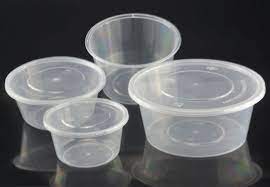
They’re sturdy and resistant to heat, and they don’t leach harmful chemicals into food or drinks. Polypropylene containers are often opaque and have a bit of a waxy texture. They’re commonly used for items like yogurt tubs, syrup bottles, and prescription bottles.
Number 1 (PET or PETE) is also good. However, these containers are typically intended for single use, like water bottles or salad containers.
They aren’t designed for repeated heating and cooling, so they’re not a good choice and shouldn’t be used for hot leftovers.
You should try to avoid plastics labeled with the number 3 (PVC) and number 6 (polystyrene), as they can potentially leach harmful chemicals when exposed to heat.
And what about number 7? Well, that’s a bit of a mixed bag.
It’s a catch-all category for other types of plastic, including some that are safe and others that are not. Some number 7 plastics contain BPA, but many newer ones are labeled as ‘BPA-free.’
General Safety Tips when using Plastics
Alright, so we’ve gone through the types of plastics best suited for hot food, but what about some general safety tips for using plastic containers? Let’s talk about those, shall we?
First and foremost, respect the microwave. Microwaving food in plastic containers is a common practice, but it’s not always the safest. As a rule of thumb, only use plastic containers in the microwave if they are labeled as microwave-safe.
This label means the container has been tested and found to withstand the heat of the microwave without leaching harmful chemicals into your food. And remember, just because a container is safe for the refrigerator or pantry, doesn’t automatically make it safe for the microwave.
Next up, let’s talk about reuse. It’s good to get as much life as possible out of your plastic containers but know when to call it quits. If a plastic container is cracked, chipped, or scratched, it’s time to retire it. Damaged containers can harbor bacteria and may be more likely to leach chemicals when heated.
Another tip is to pay attention to the dishwasher. Just like the microwave, the dishwasher can be a source of heat that could cause some plastics to leach chemicals. So, unless your plastic container is labeled as dishwasher-safe, it’s better to wash it by hand with warm, soapy water.
Also, avoid storing oily or highly acidic foods in plastic, especially if the container isn’t specifically labeled as safe for these types of food. These foods can interact with plastic and potentially cause chemicals to migrate into the food.
Finally, always check for visible signs of wear and tear. Over time, plastic containers can break down, becoming discolored or warping in shape. This can be a sign that they’re not as safe to use as they once were.
Final Thought
So, there you have it. Placing hot food in plastic containers isn’t inherently harmful, but it can be if we’re not careful about the types of plastic we use. By staying informed about the plastics in our kitchen, we can continue to enjoy the convenience they offer without sacrificing our health. Remember, a safer kitchen is an informed kitchen.
